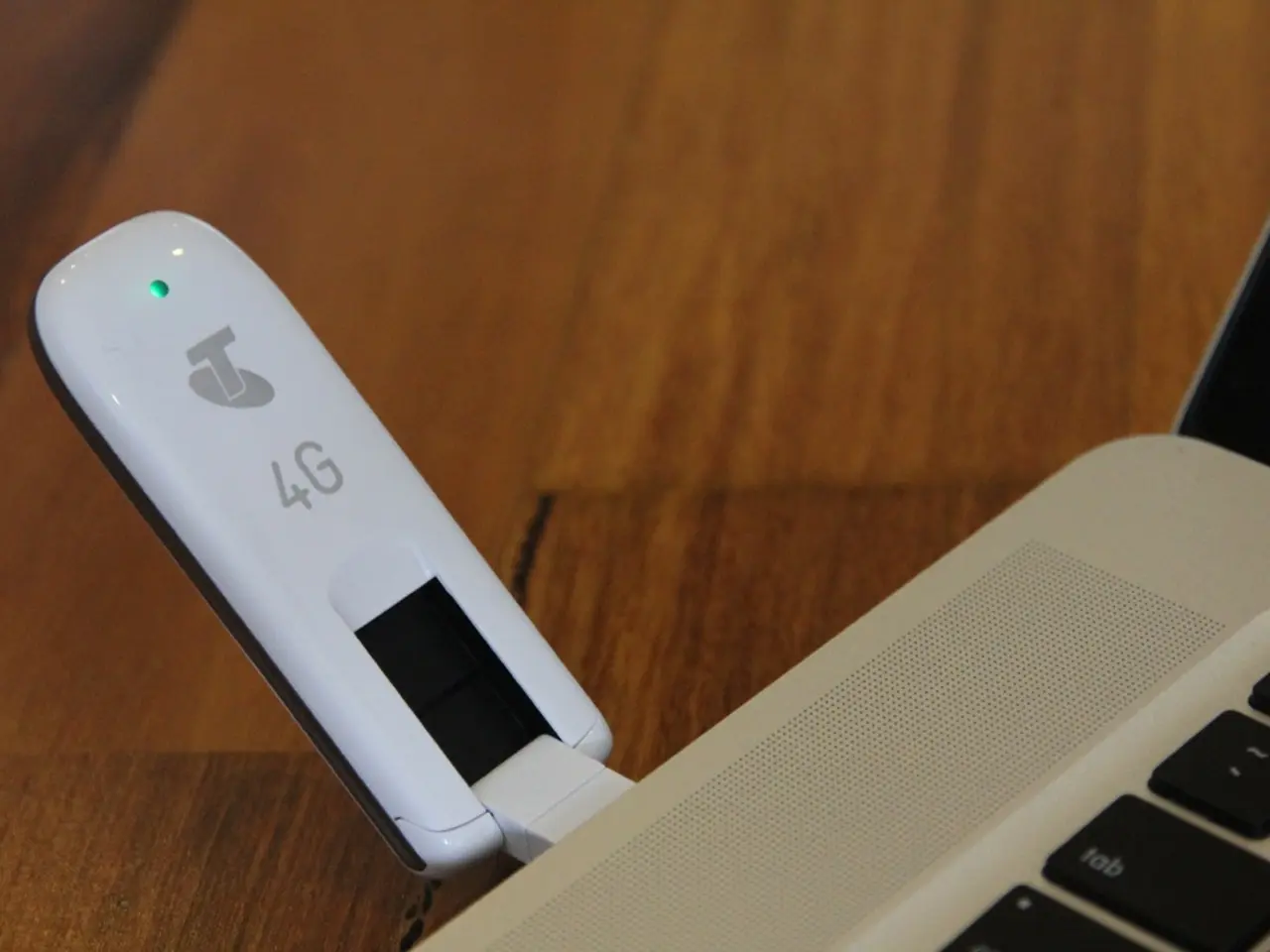Data breaches and thefts are no laughing matter: don't stay oblivious to your digitally compromised information.
In the digital age, cyber security has become a critical concern for businesses worldwide. High-profile organizations, in particular, are frequent targets of cyber attacks, as seen in the case of TalkTalk, which was ordered to pay a record £400,000 for failing to prevent the theft of 150,000 customer details.
If TalkTalk had encrypted all of its customer data, the theft could have been prevented, and huge fines avoided. Encryption is the most important layer of security, keeping hackers out of confidential data even after they have gained entry to a network.
Undetected breaches can cause significant reputational damage to organizations, as was the case with TalkTalk, which lost 100,000 customers after a data breach that exposed credit cards, bank account numbers, names, and phone numbers. The breach went undetected for two years, with customer information being sold on the Dark Web.
Organizations can expect fines from data authorities if customer details are stolen and sold. In the US, organizations can also expect to be liable for significant victim payouts. Insurance does not cover fines and lawsuits resulting from negligence or loss of reputation.
The largest known data breach occurred on Yahoo's infrastructure, affecting 500 million accounts. Yahoo is now being sued by an individual customer as part of a class-action suit on behalf of all those affected in the US. The previously agreed sale of Yahoo's internet business to Verizon is in jeopardy due to the breach, with Verizon demanding a $1 billion discount.
Attackers are now focusing on long-term infiltration rather than quick, one-time attacks. This makes early detection more crucial than ever. The sooner a breach is detected, the quicker a company can react and manage the situation. Businesses should have technology to monitor anomalous behavior on the network and detect when data is compromised (breach detection).
Effective strategies for early detection of cyber breaches in high-profile organizations focus on a combination of proactive risk management, advanced detection technologies, and human factors mitigation.
Managed Detection and Response (MDR) with Exposure Management is one such strategy. Organizations significantly reduce breach damage by combining MDR services, which continuously monitor and respond to threats in early stages, with exposure management to reduce vulnerabilities and cyber risk exposure.
AI-Enhanced Threat Hunting and Analytics is another strategy. Utilizing AI helps security teams quickly analyze vast amounts of data from endpoints, networks, and applications, auto-flagging suspicious activities and reducing detection windows.
Threat Detection and Response (TDR) Tools and Processes are also essential. Leveraging advanced automated detection methods with integrated response mechanisms allows security teams to identify, investigate, and mitigate threats proactively.
Network Segmentation and Access Controls are crucial for containing threats by limiting lateral movement and unauthorized access. This helps detect and isolate breaches promptly.
Regular Penetration Testing and Red Team Exercises expose vulnerabilities before attackers can exploit them, enabling early detection and remediation of gaps in defenses.
Staff training on basic security practices and awareness of cyber threats is paramount. Conducting continuous security awareness programs equips staff to recognize phishing and social engineering, reducing human error as a breach vector and enabling faster incident recognition and reporting.
Automated Patch Management is another key element. Keeping systems, applications, and IoT devices up to date through automated patching closes known vulnerabilities that attackers exploit, thus improving early detection by eliminating easy entry points.
In essence, a layered, proactive security posture combining technology (MDR, AI analytics, automated patching), human preparedness (training, tabletop exercises), and risk management (exposure reduction, network segmentation) constitutes the most effective early detection strategy for high-profile organizations.
Organisations must also identify and strengthen weak points throughout the organisation to increase awareness and vigilance. Employees are a weak point in an organisation, with common lapses including using multiple devices to connect on the corporate network via unsecured wi-fi, creating obvious passwords, and leaving them out in the open.
Large companies face challenges to prevent data from leaking out through multiple exit points across the enterprise. An extra layer of security should be added around the most valuable assets, and if data is stolen, the alarm should be sounded immediately.
Businesses need next-generation breach detection technology designed for big data and evolving cyber attack techniques. As attacks become more bespoke, old technology may not be sufficient for breach detection. Cyber security is no longer an optional extra for businesses, but complete security is not achievable.
[1] Managed Detection and Response (MDR) with Exposure Management
[2] AI-Enhanced Threat Hunting and Analytics
[3] Threat Detection and Response (TDR) Tools and Processes
[4] Network Segmentation and Access Controls
[5] Regular Penetration Testing and Red Team Exercises
- High-profile organizations could significantly reduce breach damage by employing Managed Detection and Response (MDR) with Exposure Management, as it combines continuous monitoring and response to threats in the early stages with exposure management to reduce vulnerabilities and cyber risk exposure.
- Utilizing AI-Enhanced Threat Hunting and Analytics can help security teams in high-profile organizations quickly analyze vast amounts of data from endpoints, networks, and applications, auto-flagging suspicious activities and reducing detection windows.




